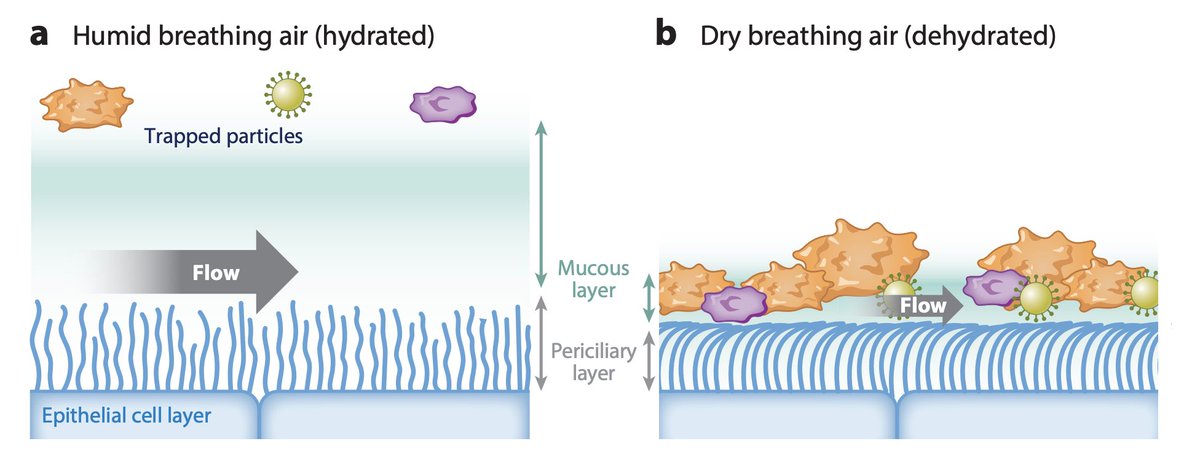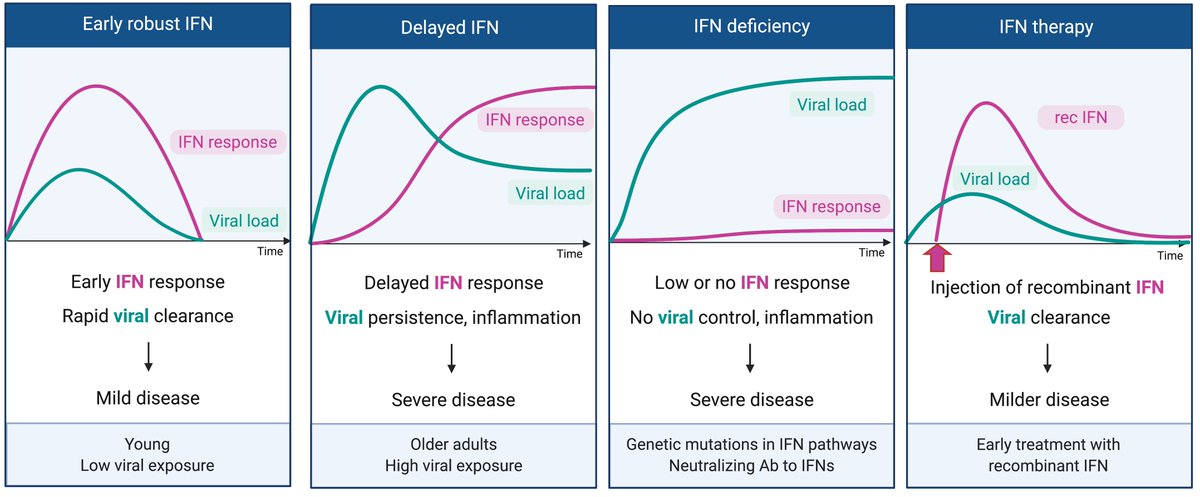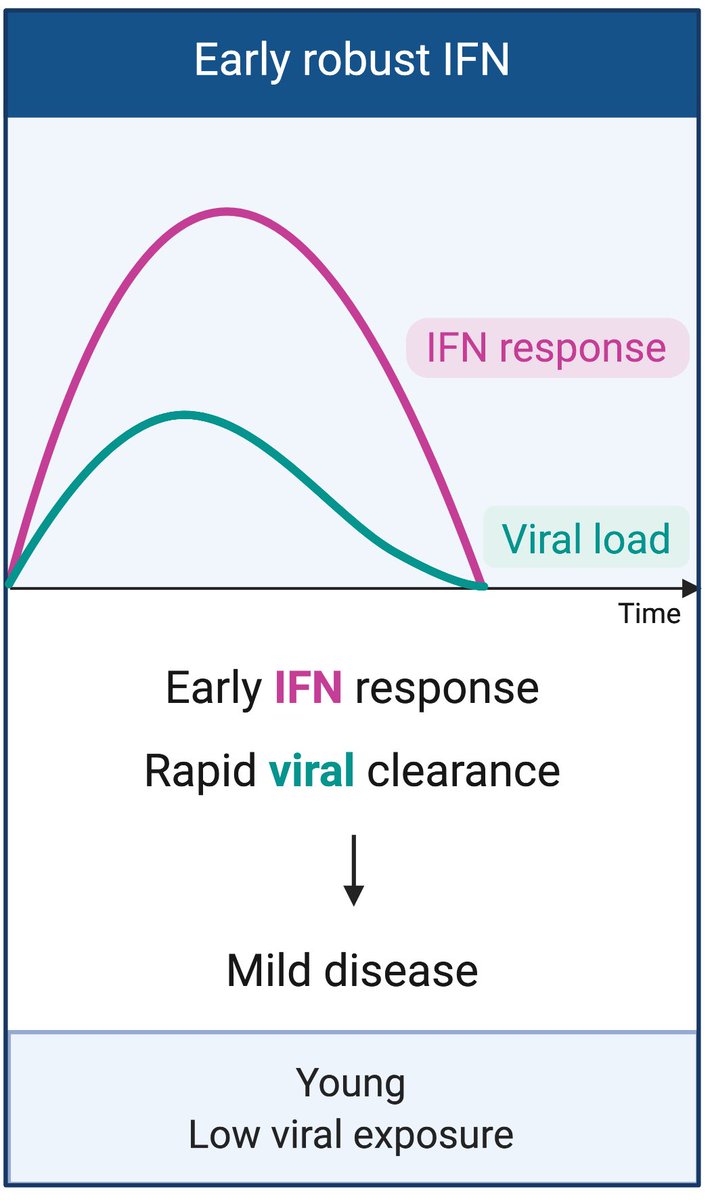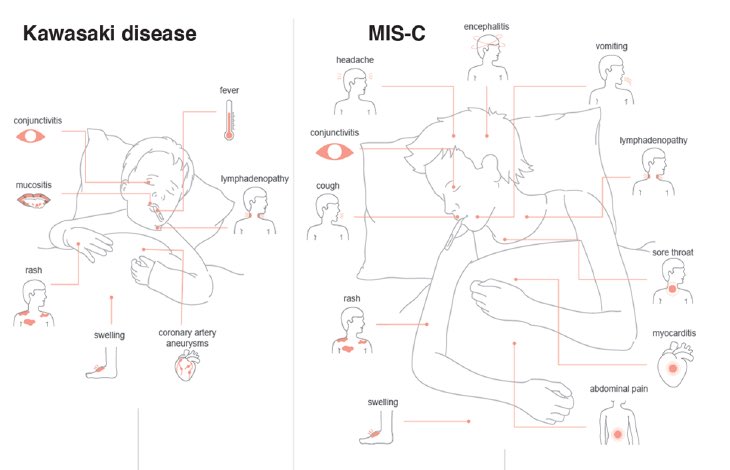
So happy to see a paper by my graduate student, Daniel Kim, chosen as a spotlight for the @JVirology 👏🏼 Daniel found that HSV-1 genome binds to RUNX1 and represses transcription of viral genes - a possible viral strategy to achieve latent infection. (1/n)
jvi.asm.org/content/94/22/…
jvi.asm.org/content/94/22/…
Herpesviruses establish latent infection in neurons and leukocytes that express RUNX1 (transcription factor). Curiously, herpesvirus genomes are enriched in RUNX1 binding sites but not other viruses. (2/n) 

Overexpression of RUNX1 but not RUNX3 (a related transcription factor that is not expressed in the cell type in which HSV-1 established latency) blunts HSV-1 infection in vitro. (3/n) 

The fact that HSV-1 and HSV-2 both contain more RUNX1 binding sites than what would be expected from random chance may seem counterintuitive. Why would a virus want to repress their gene expression? We think that virus is using RUNX1 to establish latency in the DRG neurons. (4/n) 

Daniel Kim led this work, and many others contributed. This project started out from an idea proposed by @RMedzhitov during Will Khoury-Hanold’s committee mtg. Very grateful to @GoodrumVirusLab for serving as an awesome editor for #JVirology 🙏🏼 (end) 

• • •
Missing some Tweet in this thread? You can try to
force a refresh












